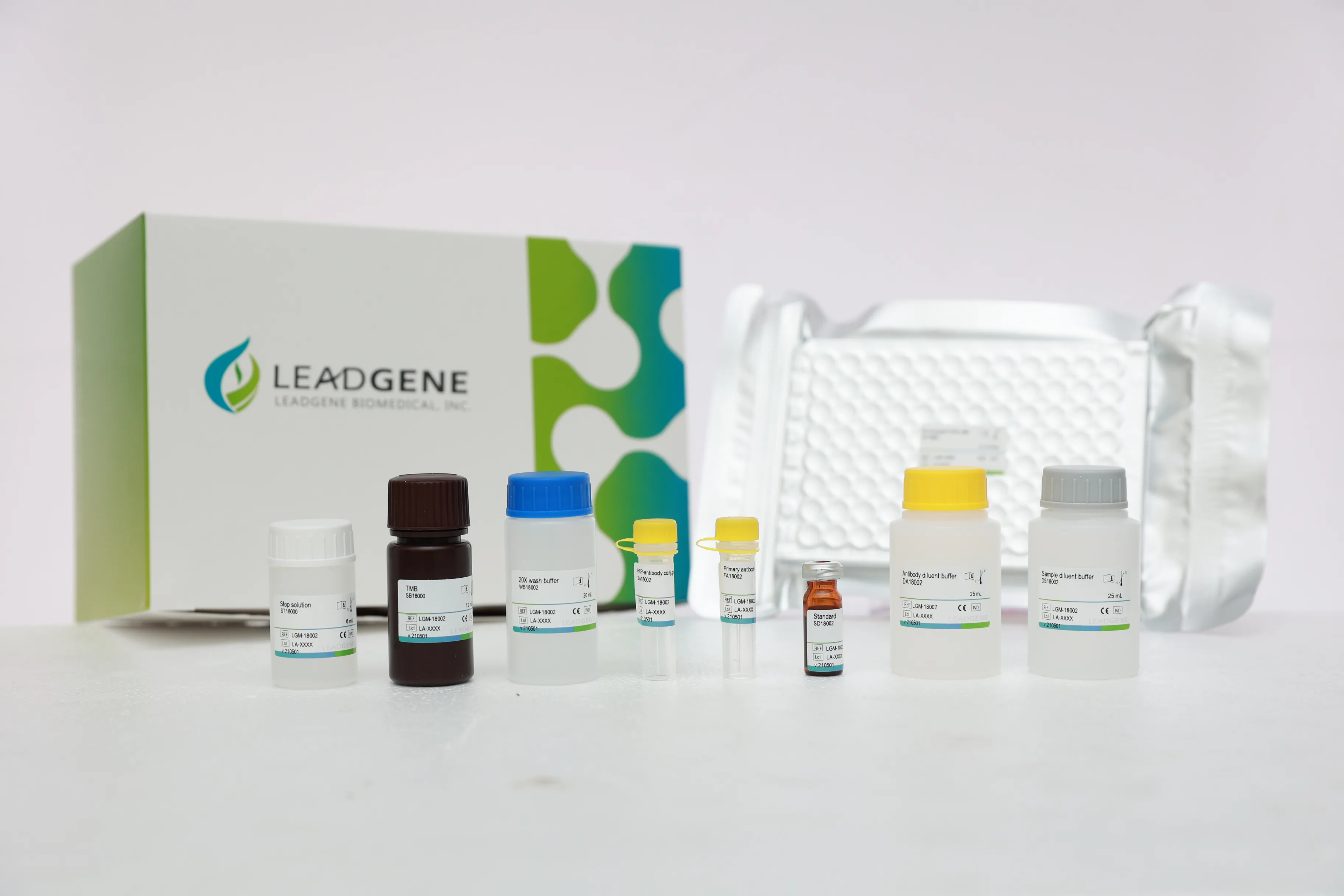LEADGENE® Indoxyl Sulfate ELISA Kit is the first CE-registered antibody-based in-vitro diagnostics (IVD) assay tool for chronic kidney disease (CKD) on the global market. CKD causes a progressive loss of kidney function over time. It often results from high blood pressure (hypertension), diabetes, or kidney damage, leading to retardation of filtration function and accumulation of waste and uremic toxins in circulation. If proper treatments are not pursued, patients may end up with kidney failure and receive lifelong hemodialysis (HD).

What is indoxyl sulfate?
Indoxyl sulfate belongs to protein-bound uremic toxins (PBUTs), which contain p-cresyl sulfate, indole acetic acid, and homocysteine, among others. PBUTs bind to proteins during blood circulation, making difficulties for removing in HD patients. PBUTs accumulation also results in further damages of renal functions and the cardiovascular system.
The current method for PBUTs detection
The traditional method for indoxyl sulfate detection uses LC-MS/MS, which is costly, time-consuming, requires experienced technicians, and only available in rare medical laboratories. Antibody-based assay methods, other than LEADGENE® Indoxyl Sulfate ELISA Kit, have not been employed due to the lack of clinical data support.
LEADGENE® Indoxyl Sulfate ELISA Kit offers significant advantages
Achieved by a breakthrough in antibody discovery, the LEADGENE® Indoxyl Sulfate ELISA Kit features high sensitivity, ultra-specificity, a shortened and simpler operation process, and delivers quality results comparable to the traditional LC-MS/MS method.
Who needs to be tested with the Indoxyl Sulfate ELISA Kit?
LEADGENE® Indoxyl Sulfate ELISA Kit fulfills three different groups of people in the market.
- Healthy People – Annual physical examinations to inspect kidney functions
- Patients with kidney disease – Regular tests to evaluate the prognosis of kidney disease.
- HD patients – Routine medical examinations to monitor the accumulated level of indoxyl sulfate for developing a treatment strategy.
Original Source: BioSpectrum ASIA EDITION
